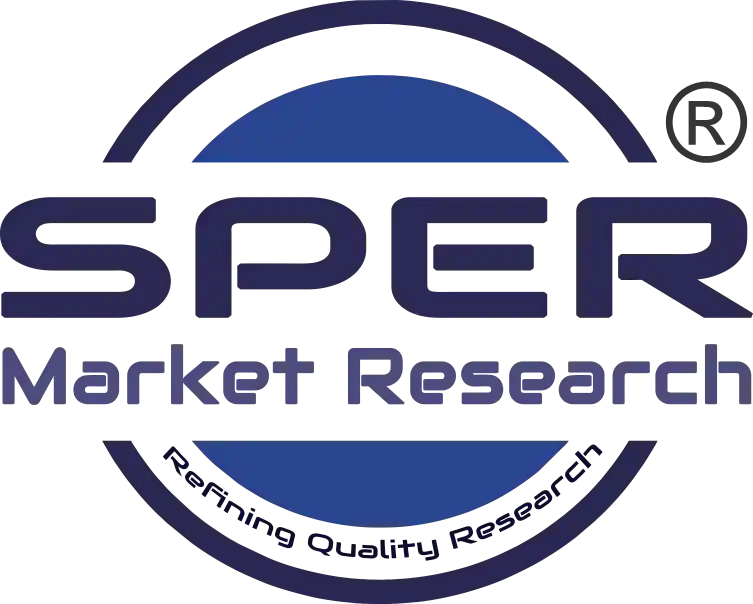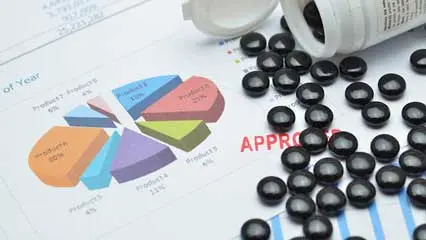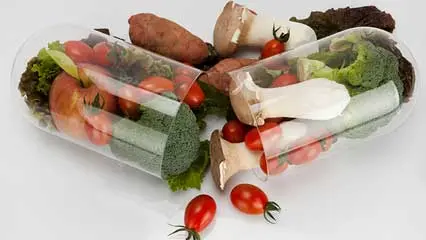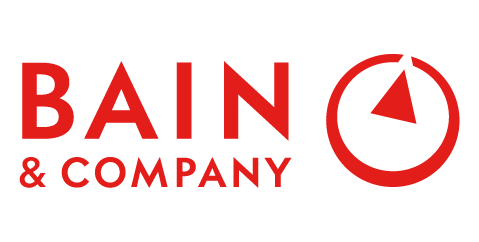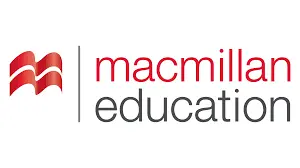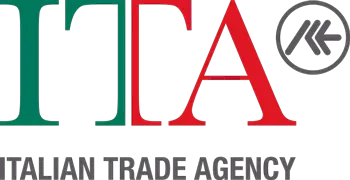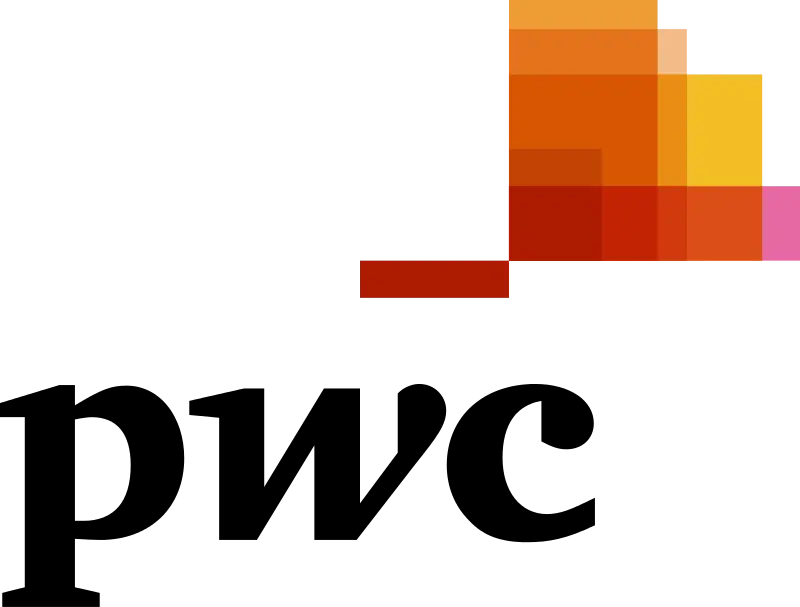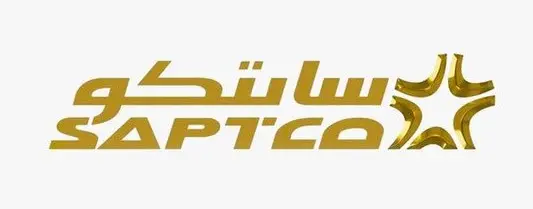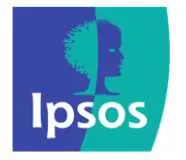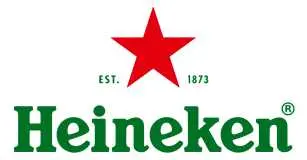
Indonesia Baby Food Market Share, Trends, Revenue, Size, CAGR Status, Challenges, Business Opportunity and Competitive Analysis 2022-2032: SPER Market Research
Category :
Food & Beverages
Published: Apr-2023
Author: SPER Analysis Team
Indonesia Baby Food Market Share, Trends, Revenue, Size, CAGR Status, Challenges, Business Opportunity and Competitive Analysis 2022-2032: SPER Market Research
Indonesia Baby Food Market is projected to be worth USD XX billion by 2032.
The baby food market in Indonesia refers to the sale of food specifically designed for infants and young children. This includes items like baby food, baby cereals, baby snacks, and infant formula. The market has seen significant growth due to population growth, rising disposable income, and the public's growing awareness of the importance of infant nutrition. A number of factors are responsible for this expansion, including government initiatives to promote child nutrition, such as the National Strategy on Food and Nutrition Security and the National Health Insurance Scheme. The demand for infant food products is rising, as a result of Indonesia's rising birth-rate and population and the fact that Indonesian households have more disposable income. However, the market faces a number of challenges, chief among them being the fierce competition and tight regulations imposed by the government. This makes it difficult for new competitors to establish themselves and delays in product approval that can last months or even years. Additionally, the price of infant food items is a deterrent to some Indonesians. Businesses must concentrate on developing affordable alternatives that are available to a larger audience
The Indonesian baby food market has been impacted by the COVID-19 pandemic in a number of ways. For example, the pandemic has increased demand for baby food items, as parents stocked up on necessities in order to ensure their children's nutritional needs were met during lockdowns. Additionally, the pandemic has caused people to become more aware of safety precautions, which has led to increased demand for packaged baby food items. However, the pandemic has also presented a number of challenges for the market, including disruptions in logistics and supply chains, higher costs as a result of safety precautions, and economic downturns that have reduced customer purchasing power. As a result, prices for baby food products have increased. Online sales have also increased as a result of the pandemic's disruption of conventional sales channels. In addition, the pandemic has prompted the development of fresh foods that address consumers' evolving requirements.
Request For Free Sample Report @ https://www.sperresearch.com/report-store/indonesia-baby-food-market.aspx?sample=1
Indonesia Baby Food Market Key Players:
The market study provides market data by competitive landscape, revenue analysis, market segments and detailed analysis of key market players such as; Abbott Indonesia, Danone Indonesia, Indofood CBP, Mead Johnson Indonesia, Mirota KSM, Nestle Indonesia, Nutricia Indonesia Sejahtera, PT Frisian Flag Indonesia, PT INDOFOOD SUKSES MAKMUR Tbk, PT Kalbe Farma Tbk, Saipro Biotech Private Limited, Sari Husada.
Indonesia Baby Food Market Segmentation:
By Food Category: Based on the Food Category, Indonesia Baby Food Market is segmented as; Dried Baby Food, Prepared Baby Food, Milk Formula, Other Baby Food
By Type of Milk Formula: Based on the Type of Milk Formula, Indonesia Baby Food Market is segmented as; Standard Milk Powdered Formula, Follow-on Milk Powdered Formula, Growing-up Milk Formula, Special Baby Milk Formula
By Nature of Food: Based on the Nature of Food, Indonesia Baby Food Market is segmented as; Inorganic Baby Food, Organic Baby Food
By Channels of Distribution: Based on the Channels of Distribution, Indonesia Baby Food Market is segmented as; Hypermarkets, Discounters, Supermarkets, Independent Small Grocers, Health and Beauty Specialist Retailers, Other Foods Non-Grocery Specialists, Internet Retailing
By Age Group: Based on the Age Group, Indonesia Baby Food Market is segmented as; 0-6 Months, 6-12 Months, 12+ Months
By Region: The regional analysis of the Indonesia Baby Food Market reveals that Java is the region with the highest economic development, population density, and demand for baby food products. This has led to Java being the largest market for baby food products in Indonesia, accounting for more than half of the total market share. The market in Sumatra is dominated by milk formula products, which account for a significant share of the total market. Kalimantan, Sulawesi, and Bali are the regions with smaller populations and less developed economies, but they are experiencing a growing demand for baby food products due to increasing urbanization, rising disposable incomes, and growing awareness about nutrition and health.
For More Information about this Report @ https://www.sperresearch.com/report-store/indonesia-baby-food-market.aspx
This study also encompasses various drivers and restraining factors of this market for the forecast period. Various growth opportunities are also discussed in the report.
Would you like to view the sample pages?
Get Sample PagesExplore Related Reports
Domains Served
Our Global Clients
Our data-driven insights have influenced the strategy of 200+ reputed companies across the globe.
